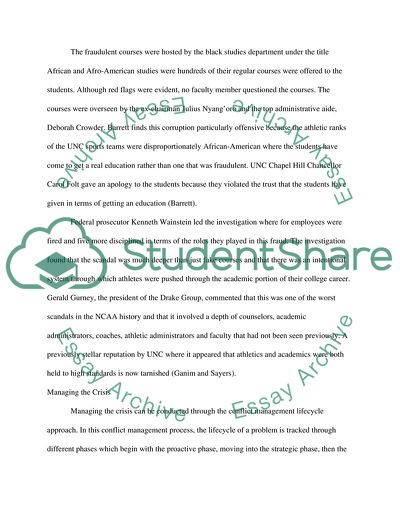Cite this document
(Concept of an Academic Institution Case Study Example | Topics and Well Written Essays - 1500 words - 1, n.d.)
Concept of an Academic Institution Case Study Example | Topics and Well Written Essays - 1500 words - 1. https://studentshare.org/education/1851018-crisis-management
Concept of an Academic Institution Case Study Example | Topics and Well Written Essays - 1500 words - 1. https://studentshare.org/education/1851018-crisis-management
(Concept of an Academic Institution Case Study Example | Topics and Well Written Essays - 1500 Words - 1)
Concept of an Academic Institution Case Study Example | Topics and Well Written Essays - 1500 Words - 1. https://studentshare.org/education/1851018-crisis-management.
Concept of an Academic Institution Case Study Example | Topics and Well Written Essays - 1500 Words - 1. https://studentshare.org/education/1851018-crisis-management.
“Concept of an Academic Institution Case Study Example | Topics and Well Written Essays - 1500 Words - 1”. https://studentshare.org/education/1851018-crisis-management.


